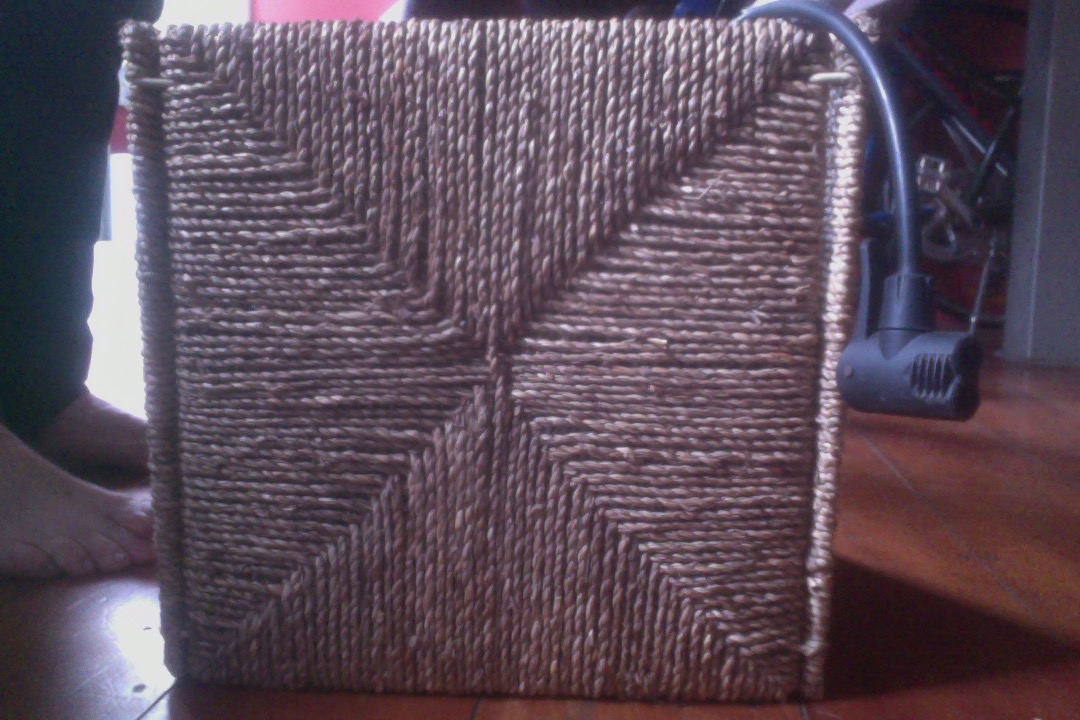The term “mindfulness” has become quite a buzzword, it seems to me. Will talk into the future about my practical realization that “mindfulness” plays a bigger role than you might think with your work, perhaps, depending on what you are doing.
Here’s Wikipedia’s take on “mindfulness” …
Mindfulness is the psychological process of bringing one’s attention to the internal and external experiences occurring in the present moment,[1][2][3] which can be developed through the practice of meditation and other training.[2][4][5] The term “mindfulness” is a translation of the Pali-term sati,[6] which is a significant element of some Buddhist traditions. The recent popularity of mindfulness in the West is generally considered to have been initiated by Jon Kabat-Zinn.[7][8]
We wanted to start off a series of tutorials encouraging “our take” on “mindfulness”. Now please don’t think of me as an expert, but am just presenting concepts that may, even briefly, take you out of usual routines, to give your brain a chance to relax, recuperate and find more peace.
Are our computers and mobile devices the natural enemy of mindfulness? Our initial thinking is “yes”, but you’re reading this on one, so let’s not come down too hard on it initially, in terms of setting up the conditions for mindfulness.
Personally, I like patterns on visuals, on everyday objects even, and so with our tutorial picture, on its own perhaps some “mindfulness” peace is a click away, at least for a few seconds?!
If this was interesting you may be interested in this too.



